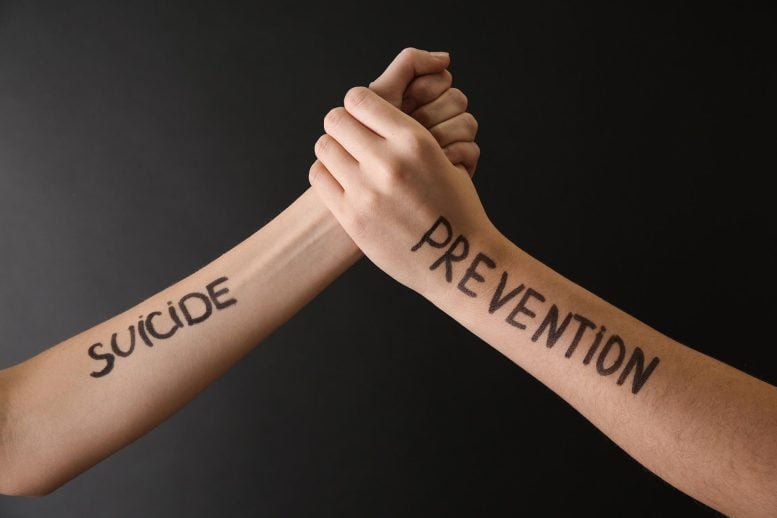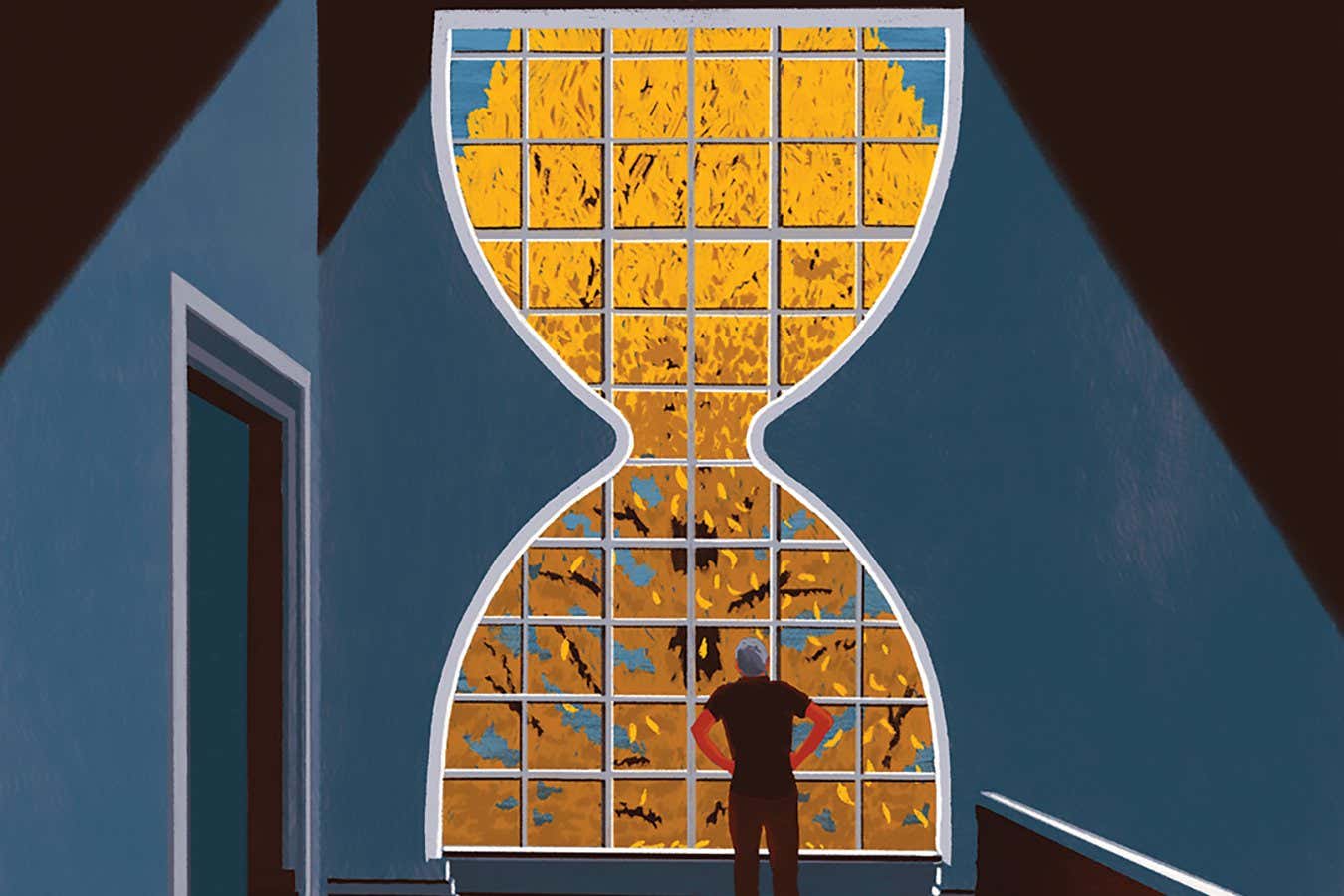Source: Geophysical Research Letters
A climate adaptation strategy that’s meant to lower city temperatures could have the opposite effect for people living just outside the zone in which it’s used, according to a new modeling study by Cheng and McColl.
The strategy, called land radiative management (LRM), uses techniques such as painting roofs and sidewalks white, causing neighborhoods to reflect sunlight and therefore absorb less heat. However, the difference in temperature between an LRM zone and surrounding areas also changes weather patterns, causing rainfall to decrease in both areas.
That could be a problem for people neighboring the LRM zone. When soil is moist from rainfall, some of that moisture evaporates and cools the air, so lower precipitation usually means higher temperatures. Within the LRM zone, the cooling gained from reflecting sunlight outweighs the heating caused by lower soil moisture, so there is still a net cooling effect. But neighboring areas get the heating associated with decreased soil moisture without the benefit of solar reflection. Therefore, neighboring areas get hotter—and the heating effect is about 1–4 times as great as the cooling effect within the LRM zone.
If LRM is used within high-income areas bordering low-income areas, the technique could worsen climate inequity, the researchers warn.
But if it’s applied over the right scale, LRM may still be beneficial. When used on areas smaller than about 1 kilometer across, LRM is unlikely to affect precipitation and cause unintended warming, the authors speculate. And if the technique is used over areas greater than 10 kilometers (6 miles) across, it will probably result in a much greater area experiencing cooling than warming, potentially making the trade-off worthwhile. (Geophysical Research Letters, https://doi.org/10.1029/2024GL112433, 2024)
—Saima May Sidik, Science Writer








Leave a Comment